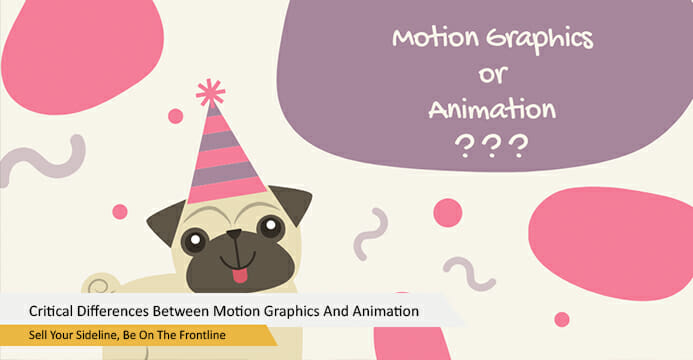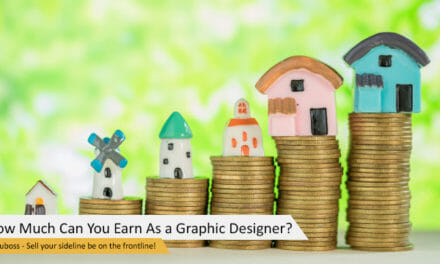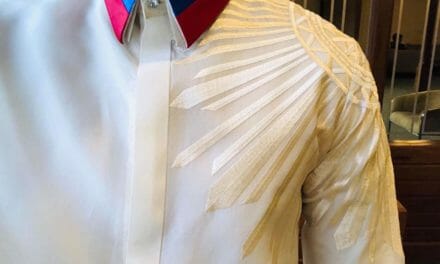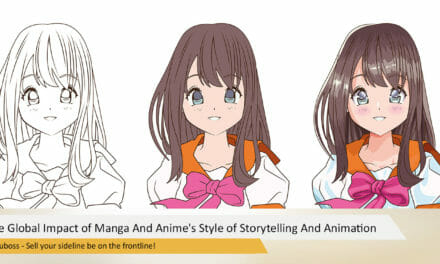Motion graphics and Animation are some of the most popular marketing techniques today. Brands and companies use both to tell a story, convey information, or to promote a product or service. Despite being rampant in social media, television, film, and other media platforms, many people still use both terms interchangeably. There are a lot of differences between the two, and companies and artists need to know them.
Motion Graphics
Motion graphics give life to static graphic designs. It provides movement and Animation to a particular art with an intent to inform. Because of its nature, motion graphics are sometimes referred to as animated infographic. It combines graphic design and information, so you can commonly encounter motion graphics on advertisements and presentations made by graphic designers and videographers.
Based on its function, one can say that motion graphics are not necessary. It’s just an optional technique since static image works just as well. However, motion graphics as a technique has been proven to be effective in communicating with target audiences and competitors. Invista, a global growth consultancy company, even confirmed that “Viewers retain 95% of a message when they watch it in a video compared to 10% when reading it in text.”
The visual style of motion graphics can illustrate a complex idea visually, especially those that involve statistics and research. This technique can add more flavor and engagement to any information-driven marketing collateral.
Going over the process, motion graphics are created through static texts, images, and designs. The very first step requires a graphic artist or videographer to create static graphics and images. Succeeding that, the editor will plan the motion of the images and texts to tell a story or convey information. Some businesses and brands further enhance their advertisements by adding voiceovers and background music that match the transition of the graphics. The secret to making the end-product more engaging is to carefully time the movement of each graphic, text, and transition.
Animation
Animation is a broader term than motion graphics. It’s an umbrella term that carries motion graphics and other visual techniques. If you’ve seen a short story, series, or movie with cartoons and animated characters—then you probably know the functions and capabilities of Animation.
Animation is mostly used to tell stories and narratives. Yes, it can also be used for advertisements and marketing campaigns, but it goes beyond adding motions to static text and images. Motion graphics are known to relay information through motions, but Animation can bring stories with characters and emotions to life.
Considering the main differences between the two, Animation is much longer and more expensive than motion graphics. Motion graphics can be produced within a week of planning, and it caters to the target audience of a specific brand or company. Motion graphics is simply the shorter form of Animation.
You can usually find motion graphic artists, videographers, and editors at advertising agencies or online marketplaces like Rakuboss. But animators are generally affiliated with companies that produce films. Some of the best animation companies in the world are mostly based in Japan and the United States, including Pixar, Walt Disney Animation Studios, DreamWorks Animation, Studio Ghibli, Cartoon Network Studios, and Nippon Animation.






